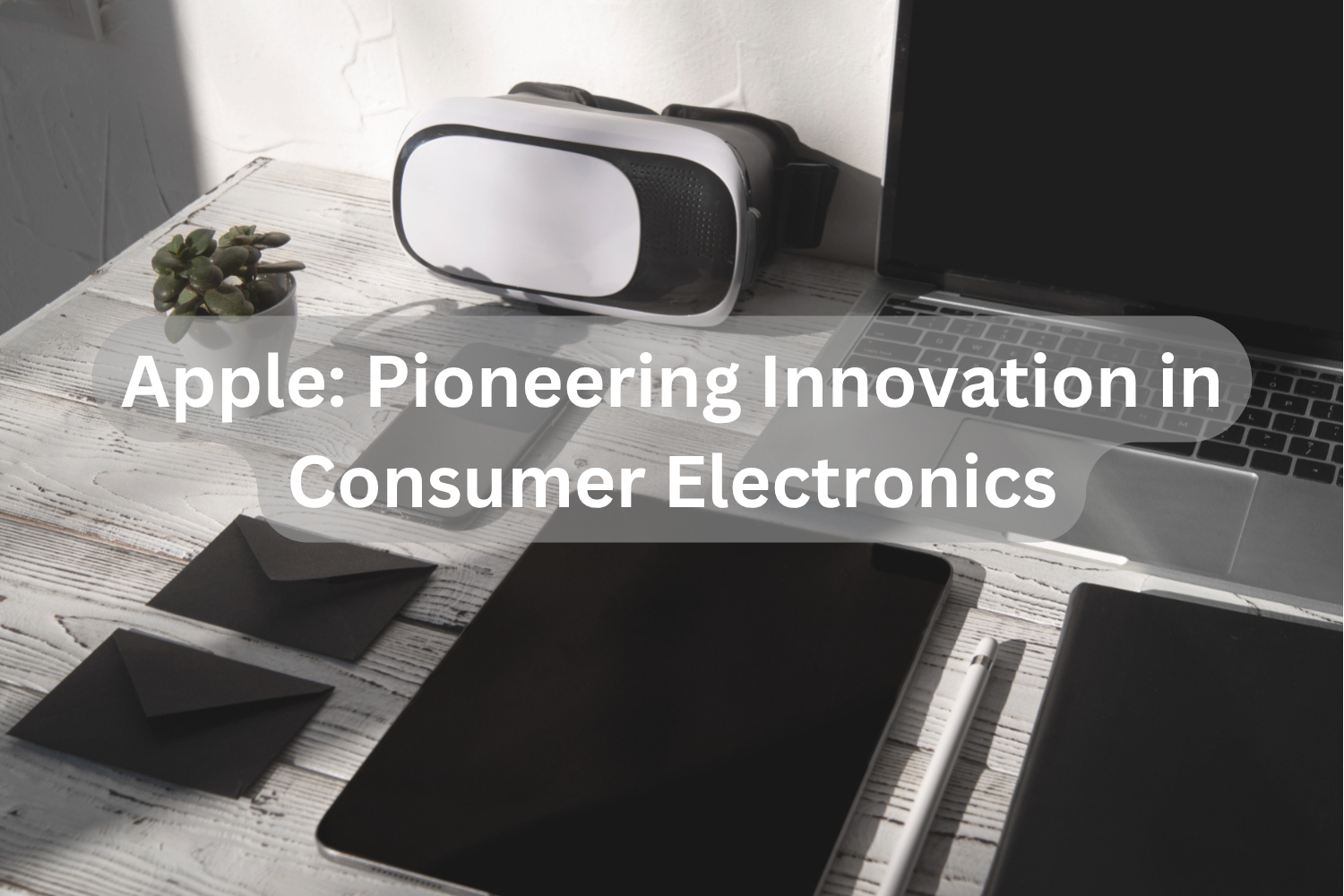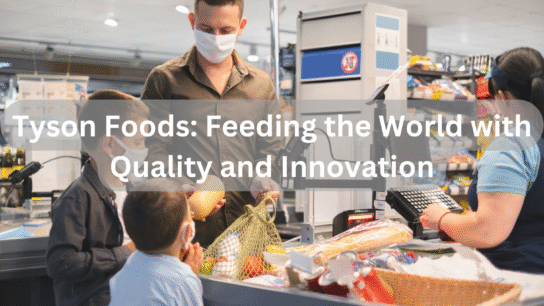Introduction to Apple’s Legacy
The Vision Behind Apple
Apple wasn’t just a tech company, it was an idea to revolutionize how people interact with technology. The ballast upon which Apple was built was Steve Job’s vision to make technology more human centered, accessible, and intuitive. Since day one the company’s objective has been to disrupt industries by centring on the end user’s experience, not technological advancement for the sake of it.
Jobs was famous for wanting to mix technology with liberal arts and the resulting products would appeal to emotions, aesthetics, etc. as much as to the logical mind. Every product created by Apple, has this philosophy, which differentiates it from the competitors.
A Brief History of Apple
It was in 1976 when Steve Jobs, Steve Wozniak, and Ronal Wayne founded Apple and later on, started their operations in a small garage in Cupertino, California. The Apple I product was the first, it was a simple circuit board which later helped the empire of technology take root. In 1984, Apple came out with the Macintosh, one of the most influential products to change the face of personal computing with its GUI (graphical user interface) and mouse input.
But it wasn’t easy. For years after Jobs’ controversial departure in 1985, Apple struggled. His reappearance in 1997 kicked off the process, which culminated in the iMac, iPod and finally the iPhone, all hugely important innovations that locked Apple into being a consumer electronics leader.
Revolutionary Products That Changed the Game
The Birth of the Macintosh
In 1984, the Macintosh introduced a GUI on the Macintosh, transforming the computing for non-tech savvy people. Know that Apple revolutionary ‘1984’ commercial, directed by Ridley Scott, declared Apple was the rebel against the status quo. Although the Mac was not an immediately successful commercial product, it helped pave the way for all of Apple’s later innovations and was a shining example of the company’s user friendly philosophy.
iPod: Redefining Portable Music
In 2001, Apple brought to market something it called an iPod, a pocket-sized gizmo that could hold ‘1,000 songs in your pocket.’ This wasn’t just a product, but a cultural phenomenon. iTunes when combined with iPod changed music consumption and sharing forever. This helped shape the digital music era and put Apple in front in the entertainment sector.
iPhone: The Smartphone Revolution
In 2007, the release of iPhone was the driver of this trajectory. And it was a phone, an iPod, and an internet device combined, setting a new standard as to what a smartphone could be. Of course the iPhone wasn’t just groundbreaking hardware; when it launched in 2008 its App Store created a whole new economy for developers, redefining how software is distributed.
iPad: Bridging Laptops and Smartphones
It was questioned what the point of the iPad was back in 2010 when it debuted. Was it just a larger iPhone? But Apple managed to prove the critics wrong by demonstrating why the iPad was the perfect device for such an array of things, be it reading and watching or creative work and gaming. It ushered in a new groove in the tech world placing itself in some means of the place in between smartphones and laptops.
Apple Watch and Wearables
In 2015, the Apple Watch was about a lot more than just telling the time. Fitness tracking, health monitoring, and sheer communication came to the wrist. It has also saved lives, because with features like heart rate monitoring and fall detection Apple has shown its commitment to create a seamlessly healthy and happy world with technology.
The Apple Ecosystem: Seamless Integration
macOS and iOS Synchronization
One of Apple’s greatest competitive advantages is its ecosystem: macOS and iOS were built to complement each other seamlessly so that users can start where they left off on one machine beneath the cocktail glass and pick up where they left off on another. AirDrop, Handoff, and iMessage syncing are features that allow you to easily switch between devices.
Apple Services: iCloud, Apple Music, and More
Beyond hardware, Apple services play an important role in the ecosystem, iCloud to sync data across devices, Apple Music riveting with Spotify with a rich library of songs and Apple TV+ original content. Not only do these services add value, but they also set up a stickiness that keeps users tied to the brand.
Design Philosophy and User-Centric Approach
Simplicity and Elegance
Apple’s design philosophy can be summed up in two words: simplicity and elegance. Every design choice is the result of careful thought, from the sleek aluminum chassis of its MacBooks to the minimalistic icons in iOS. Apple designer Jony Ive once said design “is also how it works.” Design is how it works.”
Prioritizing User Experience
Apple is madly in love with user experience. Apple chooses, unlike competitors, to make interactions intuitive, not overwhelming the user with options. If it’s iOS having the smooth animations, or AirPods having a seamless setup, every detail has been thought about and crafted to delight and simplify.
Apple’s Commitment to Sustainability
Renewable Energy in Manufacturing
Since 2018, Apple has run its facilities on 100 percent renewable energy. The company also has programs to work with suppliers to adopt green energy practices and to reach carbon neutrality in its supply chain by 2030.
Recycling and Product Longevity
Through initiatives like the Daisy recycling robot, Apple ensures old devices are disassembled responsibly. Programs like Apple Trade-In encourage customers to recycle their devices, reducing e-waste and promoting a circular economy.
The Role of Apple Stores in Brand Building
More Than Just a Store
Apple Stores are architectural marvels, designed to embody the brand’s ethos of simplicity and elegance. They serve as spaces for customers to experience the products firsthand, fostering a deeper connection with the brand.
Exceptional Customer Experience
The tech support that is the Genius Bar is a good example of Apple’s dedication to the customer. Besides offering free educational sessions, Apple Stores also enrich the customer experiences.
Challenges and Criticisms Faced by Apple
Pricing and Accessibility
Apple’s premium pricing strategy has been a two edged sword. It reinforces the brand’s luxury status, but if it alienates budget conscious consumers it is wasted. This, critics say, means people are left out of the access to Apple’s innovative products.
Competition and Antitrust Concerns
Of course Apple’s dominance hasn’t gone unanswered. Among the antitrust lawsuits and regulatory headaches so far have been its control over the App Store and high commissions. Apple says its practices encourage innovation and its competitors and developers say they stifle it.
The Future of Apple
Upcoming Innovations
As Apple is famous for keeping any kind of future projects hush hush, rumors are always rife with juicy news about what might be coming soon. Apple has been exploring uncharted territories as foldable devices or more advanced AI capabilities.
Expanding into AR, VR, and Beyond
Apple is serious about augmented and virtual reality, plus the launch of Vision Pro. Using their mission to create immersive experiences, Apple seeks to reinvent the way we engage with digital content in the real world.
Conclusion
No company in the world has more of an influence on the tech industry and everyday life as Apple. The gold standard focus on innovation, design and sustainability. As Apple ventures into new domains like AR and AI, one thing remains certain: Yet, it will continue shaping the future of tech, and what’s possible.
Frequently Asked Questions
Q: Why is Apple considered innovative?
A: Apple stands out because it focuses on creating products that combine cutting-edge technology with exceptional design and user experience.
Q: What are some of Apple’s most iconic products?
A: Products like the Macintosh, iPod, iPhone, iPad, and Apple Watch have revolutionized industries and become cultural icons.
Q: How does Apple focus on sustainability?
A: Apple prioritizes renewable energy, recycling initiatives, and product longevity to reduce its environmental impact.
Q: What is the Apple Ecosystem?
A: It’s the seamless integration of Apple’s hardware, software, and services, creating a unified experience across devices.
Q: What does the future hold for Apple?
A: Apple is exploring AR, VR, AI, and other emerging technologies, ensuring its legacy as a leader in innovation continues.





